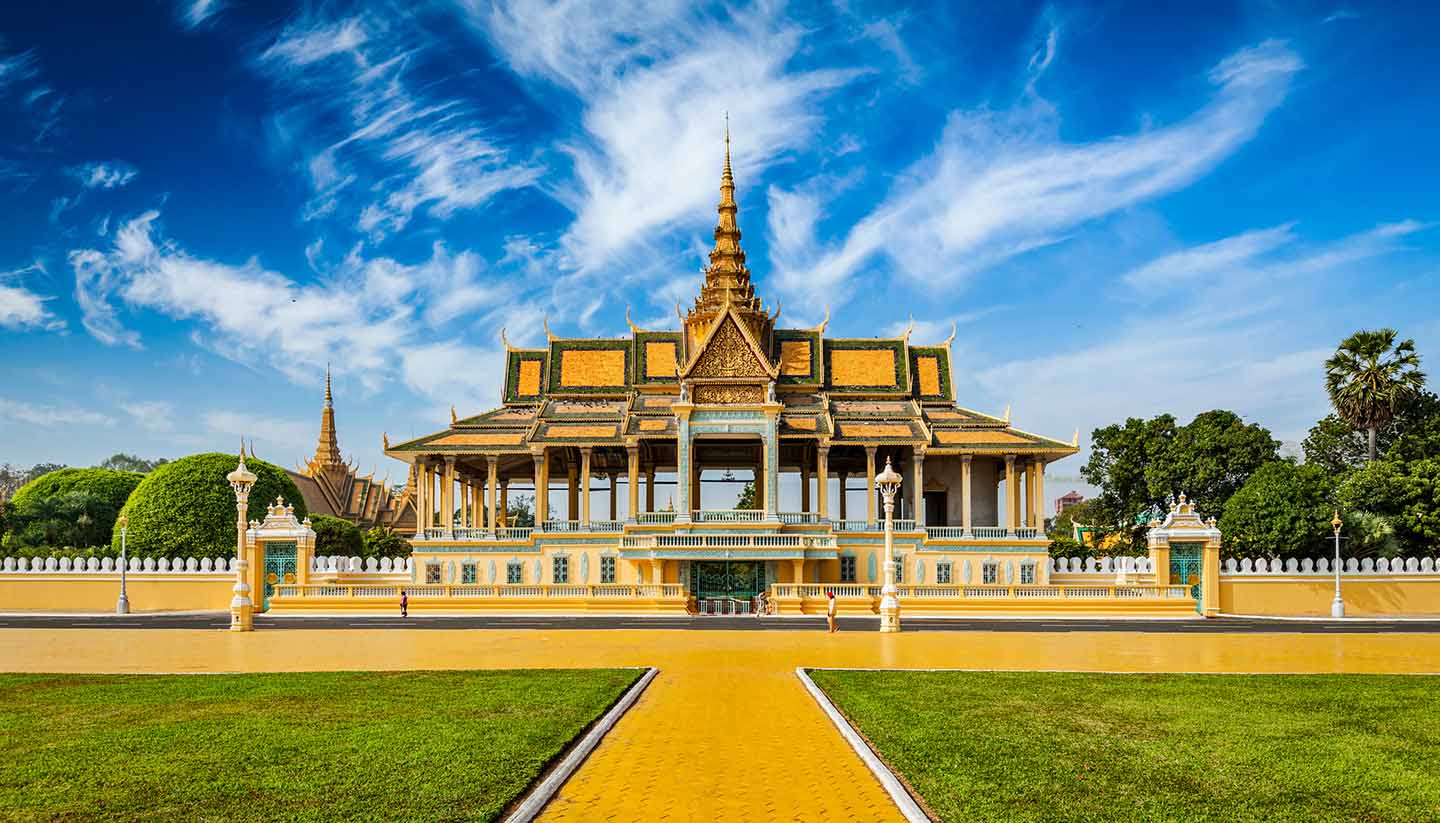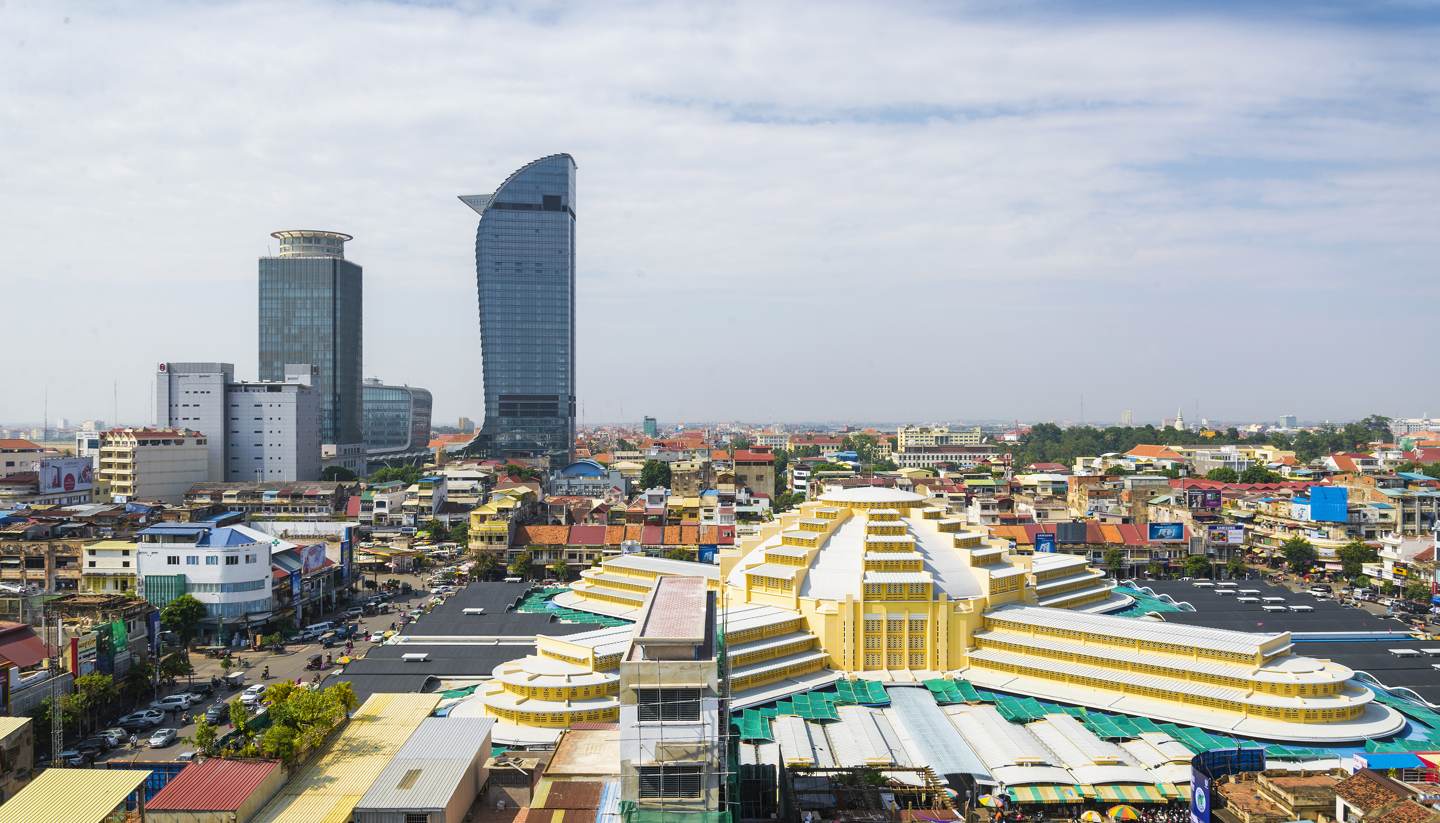Phnom Penh History
The modern capital of Cambodia still lives in the shadow of one of the darkest periods of late 20th century history. Brutalised under the Khmer Rouge after 1975, the city’s population was forcibly displaced, sent on death marches or to the Choeung Ek killing fields just outside of the city, where murder and genocide became commonplace.
Everyone in Phnom Penh was affected by this tragedy and its rawness remains to this day. Locals still talk of the horrors of the S21 torture camp, housed in the former Tuol Sleng High School, which is now a museum and monument to the fallen.
Prior to the city’s annexation by Pol Pot and his henchmen, Phnom Penh played a key role in the Vietnam War, swelling with refugees from the conflict and providing cover for North Vietnamese fighters. U.S. bombs rained down around the city as Cambodia became the focus of a secret bombing campaign by the Americans.
It wasn’t until the Vietnamese drove the Khmer Rouge from power and into hiding in the north of Cambodia that their reign of terror began to come to an end. Cambodia’s recovery, though, has been slow and painful and it remains a poor country struggling with many political issues.
Phnom Penh only become the administrative centre of Cambodia in the 1860s and was soon developed by the colonising French into the city it is today. There remains a distinct French influence despite the best efforts of the Khmer Rouge to destroy Phnom Penh, although the uniquely Cambodian Royal Palace, built at this time, still stands.
Today’s Phnom Penh is a fast–changing town. The influx of Chinese money has seen rapid development, especially along the Mekong waterfront. Such development has been tempered, however, by complaints of worker exploitation in the country’s vital garment industry.
2014 saw ageing Khmer Rouge leaders, including Nuon Chea, Pol Pot’s number two, jailed for life for their involvement in the genocide of the 1970s. The wounds of the past are finally being healed, although they will never be forgotten.
Did you know?
• Phnom Penh only became the Cambodian capital in 1865.
• Only 7 people survived the torture chambers of Tuol Sleng. 17,000 were imprisoned during the Khmer Rouge’s rule.
• Phnom Penh only had 50,000 residents left by the time the Khmer Rouge were overthrown in 1979.



